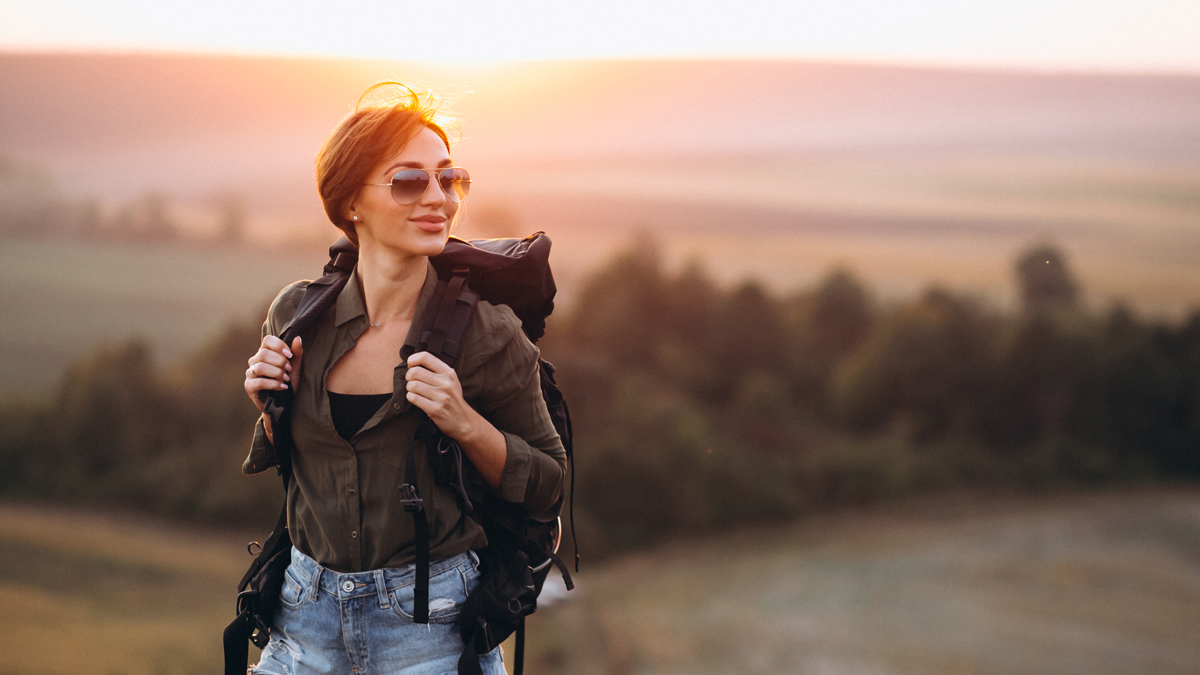You may be a seasoned explorer, or maybe you’re just considering your very first hiking trip. Either way, it’s essential to make sure you are prepared with everything you need to both enjoy your hike and stay safe while you’re out in the wilderness. If you’re looking for some top tips and advice on a checklist of things to bring on a hike, then read out to find out everything you need to know.
Hiking Boots
First and foremost, you need appropriate footwear. Too many people underestimate the elements and terrain involved in a hike and wear inappropriate shoes (and socks) on a hike. You should definitely purchase properly designed hiking boots if you plan on taking a proper trip through the wilderness. Wearing standard sneakers on a hike leaves your feet more exposed to the elements and the potentially treacherous terrain. Hiking boots are designed with a thick tread to help you slip and trip less on rocky, muddy, or wet ground.
They also provide stability through your foot and ankle, meaning you are far less likely to twist, sprain, or even break your bones. Many hiking boots are also waterproof, which you wouldn’t find in a standard sneaker. Getting wet feet on a hike is extremely bad as it can lead to sores, blisters, and infections. Make sure you get some proper boots before you get out there.
Tarp
A tarp may not be on the top of everyone’s list, but making use of a survival tarp can be an invaluable skill. Say you get caught out by poor conditions, low light, or someone falls and injures themselves, a tarp can end up being a huge part of your survival and safety. A tarp can be used to create a shelter, especially if you are too injured to gather other materials to form one. An extra barrier between yourself and the elements is essential in a time of danger in the wilderness. Keeping dry and warm can prevent hypothermia, infection, and blisters or sores from wet clothing.
First Aid Kit
This is probably something you have considered more and should always pack with you. Even on the shortest of day trips, you never know when a well-stocked first aid kit can come in handy. Say you have a slight slip and sprain your ankle. Well, in your first aid kit, you should have splints and bandages to help support your ankle and surrounding bones.
Bandages and gauze can also be used to wrap any open wounds, cuts, or grazes you may have. You should also pack ointments, alcohol wipes, and clean pads to treat any cuts. Finally, make sure you have some standard painkillers in there. It might sound silly, but even an achy back, headache, or migraine can completely throw a hike off course, so some painkillers could come in extremely handy.
Tools
When on a hike, you never know when a multitool or knife may come in handy, especially if you find yourself in a survival situation. A knife can help you make a clearing to rest in, cut branches for shelter, and even protect you from wild animals. A multitool may contain a variety of other items to keep you safe as well, like a can opener for food, scissors for bandages, or a flint for starting a fire. Make sure you purchase a tool you know how to use and will help you in a time of need.

Food and Water
Another obvious but serious point that needs to be made. When packing food and water for your hike, be sure to over-pack. As we have previously mentioned, you never know when things might go awry and leave you short of supplies. Carry foods that will not quickly perish, such as tinned and dry goods. Water is heavy to carry, but you should still always ensure you have enough to hydrate you for an extra day. You can also carry a water filtration device to help you collect and filter rainwater.
Navigation Tools
Never leave for a hike without a map and compass. You don’t have to be an expert map reader to work your way out of trouble using a map and compass. Simply knowing that you are heading in a particular direction is better than walking without a clue about which way you are facing. Once you find a landmark such as a mountain, hill, or lake, you’ll be able to locate yourself on the map and head towards safety.
With these items, you cannot go wrong on a hike. So if you feel ready, get these products packed into a proper hiking backpack and plan your next trip. Enjoy the wilderness, and stay safe.

